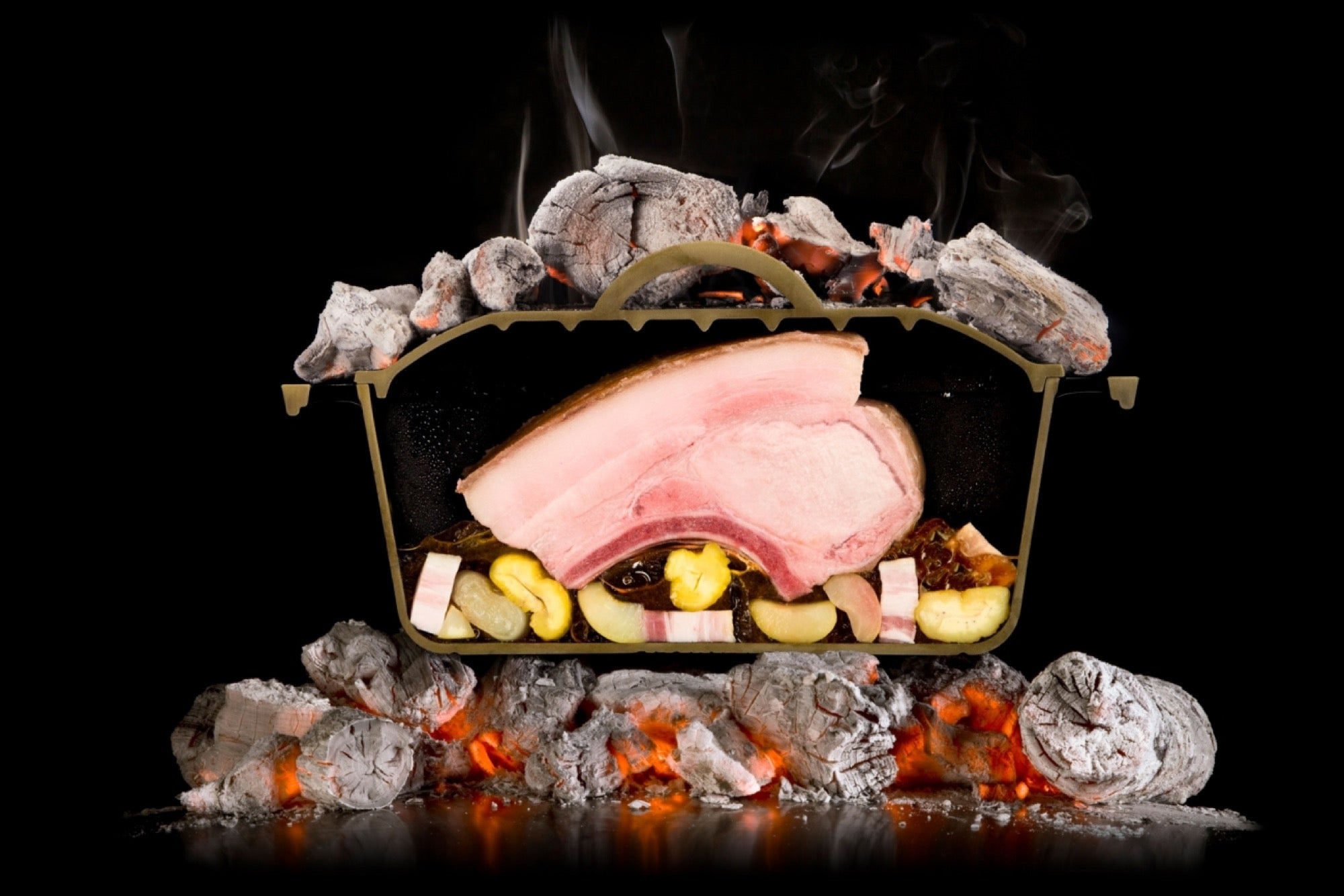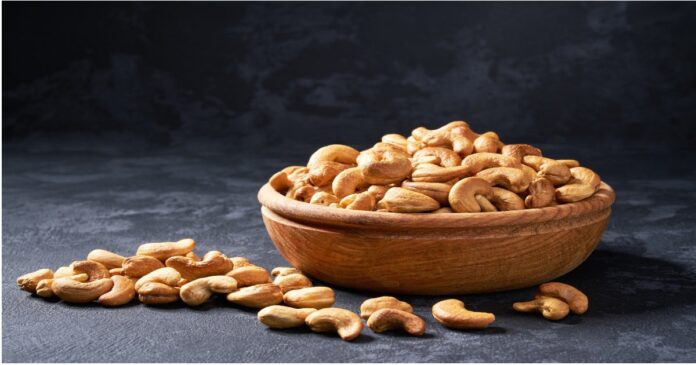In the ever-evolving world of culinary arts, where the past and the present intersect, an exciting phenomenon has taken shape: the infusion of traditional techniques with modern cuisine. This culinary fusion has captured the attention of food enthusiasts, chefs, and historians alike, breathing new life into age-old recipes and reviving the essence of flavors that have stood the test of time. With a keen eye on innovation, chefs around the world are harnessing the power of tradition, seamlessly blending it with contemporary culinary practices, and creating gastronomic experiences that tantalize both the palate and the imagination.
Rediscovering Culinary Heritage:
In a world that often seems to prioritize speed and convenience, the resurgence of interest in traditional cooking methods is a heartening trend. Modern chefs are increasingly recognizing the value of techniques that have been passed down through generations. From slow-cooking methods that transform tough cuts of meat into meltingly tender delicacies to fermentation processes that enhance the depth of flavors, these traditional approaches have a unique ability to elevate dishes to new heights.
The Modern Twist:
While tradition lays the foundation, innovation adds the element of surprise. Modern cuisine doesn’t simply replicate old recipes; it reinvents them. Chefs are taking classic dishes and infusing them with a contemporary twist, using unexpected ingredients, imaginative presentation, and cutting-edge cooking methods. This fusion not only preserves the essence of the original recipes but also creates an exciting synergy between the familiar and the avant-garde.
Culinary Crossroads: East Meets West:
One of the most intriguing aspects of the infusion of traditional techniques with modern cuisine is the intersection of culinary cultures. Chefs are borrowing from different traditions, melding Eastern and Western approaches to create harmonious and flavorful concoctions. Imagine savoring a dish that marries the rich umami of Japanese miso with the smoky flavors of American barbecue—a true testament to the creative possibilities that arise when culinary borders are blurred.
The Art of Preservation:
Traditional techniques often stem from a need to preserve ingredients over time. From pickling to curing, these methods were initially developed out of necessity. However, in the hands of modern chefs, preservation techniques have evolved into an art form. Infusing traditional pickling methods with contemporary aesthetics has resulted in dishes that not only tantalize the taste buds but also please the eye.
Sustainability and Seasonality:
As the world becomes more conscious of sustainable practices, traditional techniques offer a roadmap for making the most of local and seasonal ingredients. Chefs who embrace this approach understand that working with the rhythms of nature leads to dishes that are not only delicious but also environmentally responsible. This philosophy aligns perfectly with the farm-to-table movement, where the connection between the land and the plate is celebrated.
Embracing Imperfection:
In an era dominated by precision and uniformity, traditional techniques remind us of the beauty in imperfection. From hand-rolled pasta that showcases the human touch to artisanal bread with a rustic crust, these imperfections tell a story and add character to dishes. Modern cuisine draws inspiration from this authenticity, embracing the charm of irregularity and celebrating the uniqueness of each creation.
The Culinary Storytellers:
The infusion of traditional techniques with modern cuisine is more than just a gastronomic trend; it’s a narrative woven through time. Chefs are becoming storytellers, using their creations to convey tales of heritage, innovation, and the journey that brought these flavors to our plates. Every dish becomes a chapter in a larger culinary story, connecting us to cultures, histories, and traditions from around the world.







